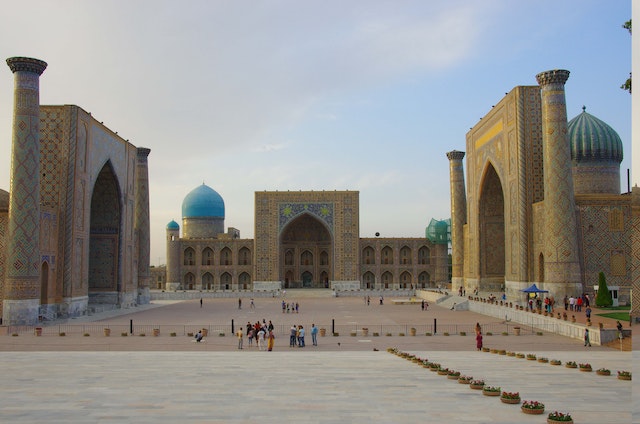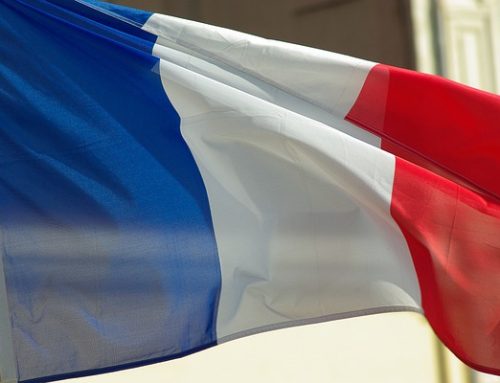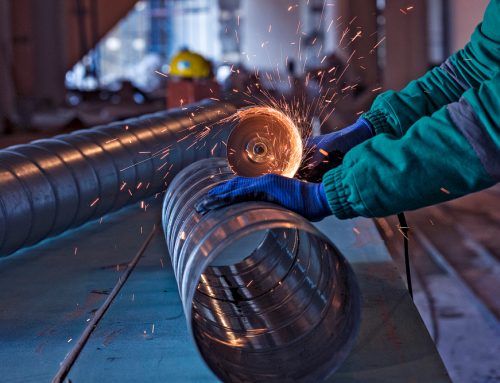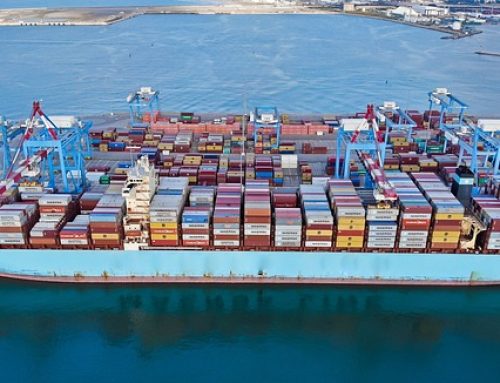December 7, 2022
When they were about to open the envelopes that contained the bids, many in the room – from government officials to international advisors – were nervous. They were worried that in Uzbekistan’s first open, competitive tender, the proposed tariffs for the electricity generated by the country’s first solar powerplant might be too high. But when the numbers were out, there was a sigh of relief and a sweet surprise. The winning bid – by Abu Dhabi Future Energy Company (Masdar) – was lower than what everybody expected.
“A competitive tender process, the first of its kind in Uzbekistan, required not only vision, but also courage,” said Wiebke Schloemer, IFC’s Director for Türkiye and Central Asia. “When you run a competition, you do not know the outcome, but you are fairly certain that you are getting a very good outcome with a lot of transparency.”
Nur Navoi Solar powerplant had a winning bid of just under 2.7 U.S. cents per kilowatt hour – one of the lowest tariffs in developing countries at the time. The project was awarded to Masdar in 2019 and came on stream in 2021, adding 100 megawatts to Uzbekistan’s electricity generation capacity.
“When we were starting the solar project, we were starting it on a test basis,” said Bahrom Umarbekov, Deputy Director for the Energy Sector Reform at Uzbekistan’s Ministry of Energy. “We didn’t know how the price would come up.” The tariff came down as low as 1.8 U.S. cents, in subsequent tenders for other solar projects.
Almost 85 percent of Uzbekistan’s electricity comes from natural gas, with an inefficient, aging fleet of thermal power plants near the end of their operating life. Underdevelopment and old technology mean blackouts are a common feature in some parts of the country, especially in winter when natural gas consumption is at its peak.
Uzbekistan plans to double its electricity generation capacity by 2030. This requires up to $18 billions of financing for generation alone.
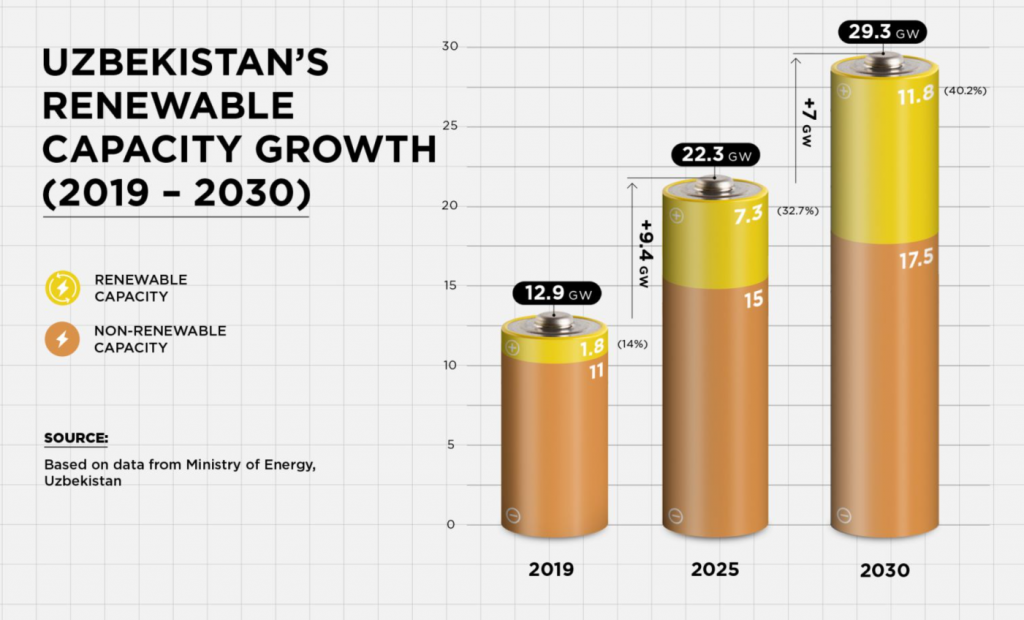
Strong Appetite for Large Scale Private Power Projects and Significant Investment
Encouraged by the example of Nur Navoi Solar plant, Uzbekistan now has a target of generating one-quarter of its electricity from renewables by 2026, with 5 gigawatts coming from solar energy and 3 gigawatts from wind.
In line with these targets, the country recently succeeded in reaching financial close on its first wind power project – the landmark 500-megawatt Zarafshan wind power plant – also being implemented by Masdar and financed by IFC along with ADB and EBRD. Attracting a total investment of $580 million, Zarafshan is set to be among the largest wind projects in Central Asia. Once operational, it is expected to power 500,000 homes while preventing the release of more than 1 million tons of carbon dioxide per year. It is expected to pave the way for further wind power investment in the country as well as the region.
“It opened the boundaries of the country. Now they have so much appetite in terms of direct foreign investment,” said Mohamed Jameel Al Ramahi, Chief Executive Officer of Masdar, whose company has signed agreements to develop three more solar plants in Uzbekistan, with a combined capacity of 897 megawatts.
Source: International Finance Corporation (IFC)
Legal Notice: The information in this article is intended for information purposes only. It is not intended for professional information purposes specific to a person or an institution. Every institution has different requirements because of its own circumstances even though they bear a resemblance to each other. Consequently, it is your interest to consult on an expert before taking a decision based on information stated in this article and putting into practice. Neither Karen Audit nor related person or institutions are not responsible for any damages or losses that might occur in consequence of the use of the information in this article by private or formal, real or legal person and institutions.

